Mood board:

Ansel Adams was an American photographer, born in San Francisco, who was best known for his landscape images which showed the raw beauty of nature as Adams wanted to conserve the beauty of nature. He grew up near the Golden Gate where he liked to go and explore which is why he would hike up in the National parks to get his final images. In 1919 he joined the Sierra Club and spent four years in Yosemite Valley, where he took many of his most famous images and started his success. In 1928 he had his first one man exhibition at the club’s San Francisco headquarters.
Adams was apart of a group called ‘f/64’ which refers to a small aperture setting to enable you to get a large depth of field and everything being sharp and in focus. There were 11 members in the group who wanted to promote ‘pure’ photography.
He would vision his image before taking it (visualisation) because he wanted to capture what he could see in front of him. This would involve changing the filter he used to get different exposures. Adams used a Brownie Box camera which was given to him when he first visited Yosemite National Park. The camera is seen below.
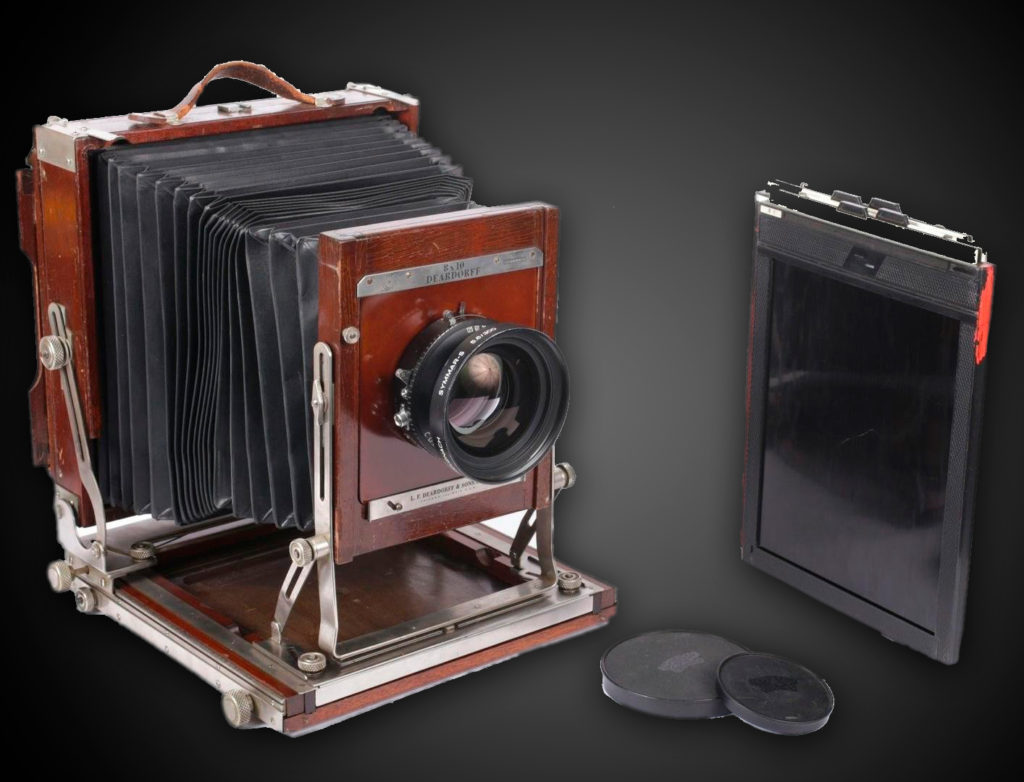
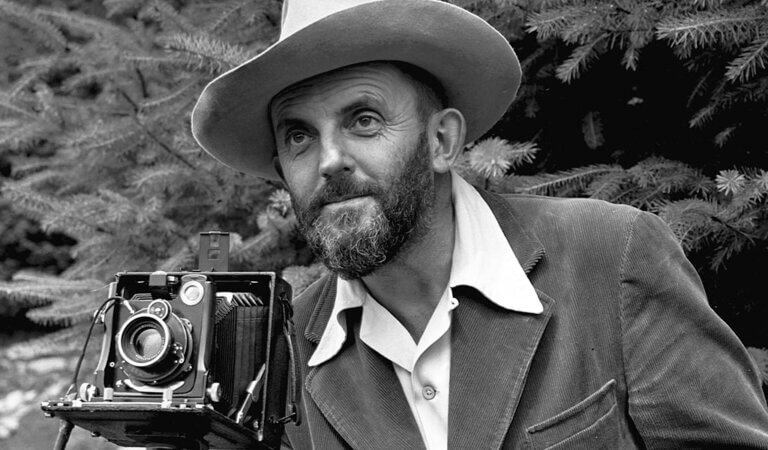
The image see above was captured after Adams had hiked along Yosemite’s LeConte Gully to the ‘diving board’. The feature capture is the Yosemite National Park’s most iconic features. When he first took the photo he used a yellow filter however, the image didn’t come out how he had visualised it. Adams then changed the filter to a dark red one which made the sky darker and produced the contrast between the shadows and bright white snow which is visible in the final image.
Ansel used a zoning system he created to ensure his images he taken had the contrast he wanted which to be displayed and visible in all his final images.

Image Analysis:

This is a digital photo of the Grand Teton National Park, Wyoming. The mis-en-scene presents the Snake River and the Grand Tetons. It also presents cloudy areas in the photo which can be seen in the top left third. The right side of the image contrasts with the rest of the image as it is vastly darker than the rest of the photo. The use of light is natural and is coming from the left of the image which is why there is a shadow on the right side. This photo has been taken from a straight on angle from somewhere higher than the river which enables Adams to get the river and mountains in the frame. All of the image is in focus which suggests that the image was taken with a large depth of field. The colours and tone of the image is monochrome. The photographer has used leading lines as the river draws you to the mountains. He has also, clearly used the rule of thirds.
Comparing Ansel Adams and Edward Weston:
Photoshoot Plan:

Photoshoot:
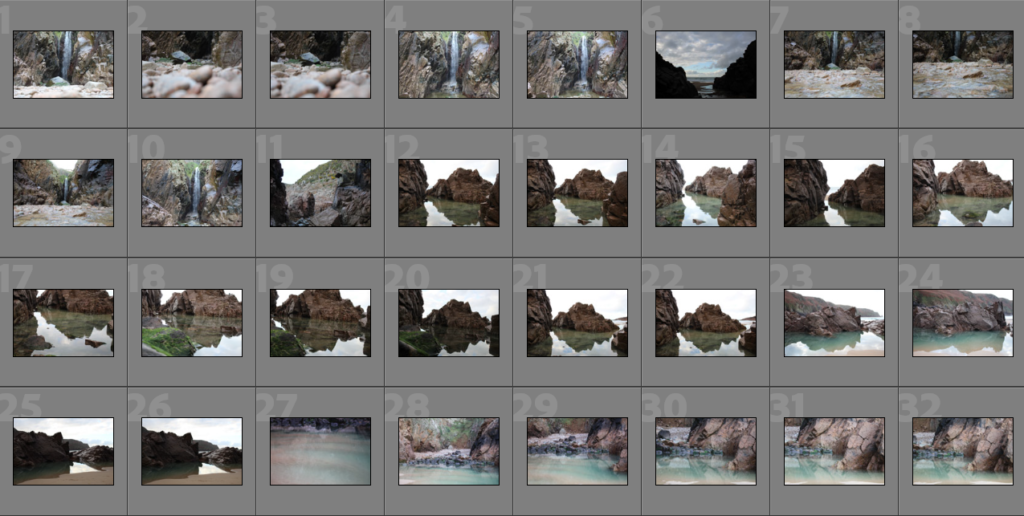

Final 5 images to edit:

Image 1:

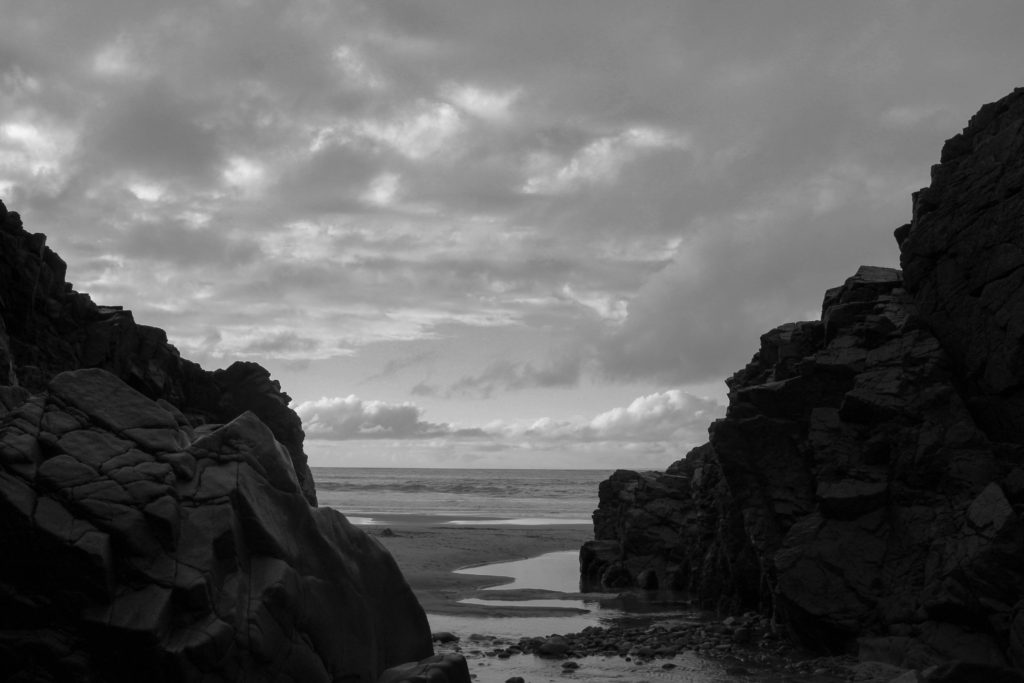
Image 2:


Image 3:


Image 4:

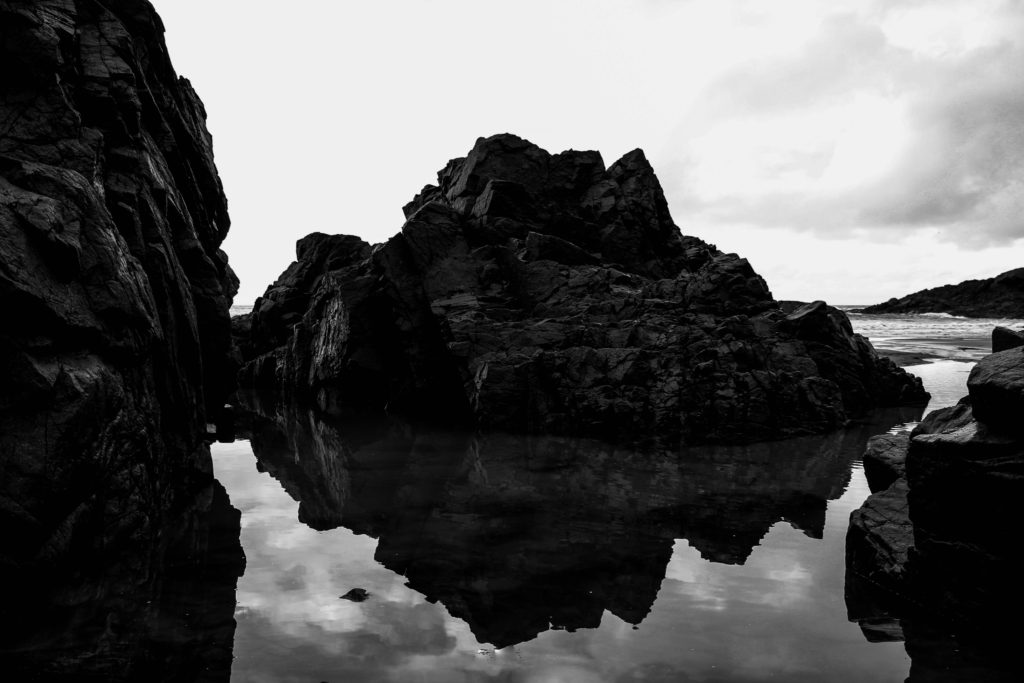
Image 5:


Final Images:
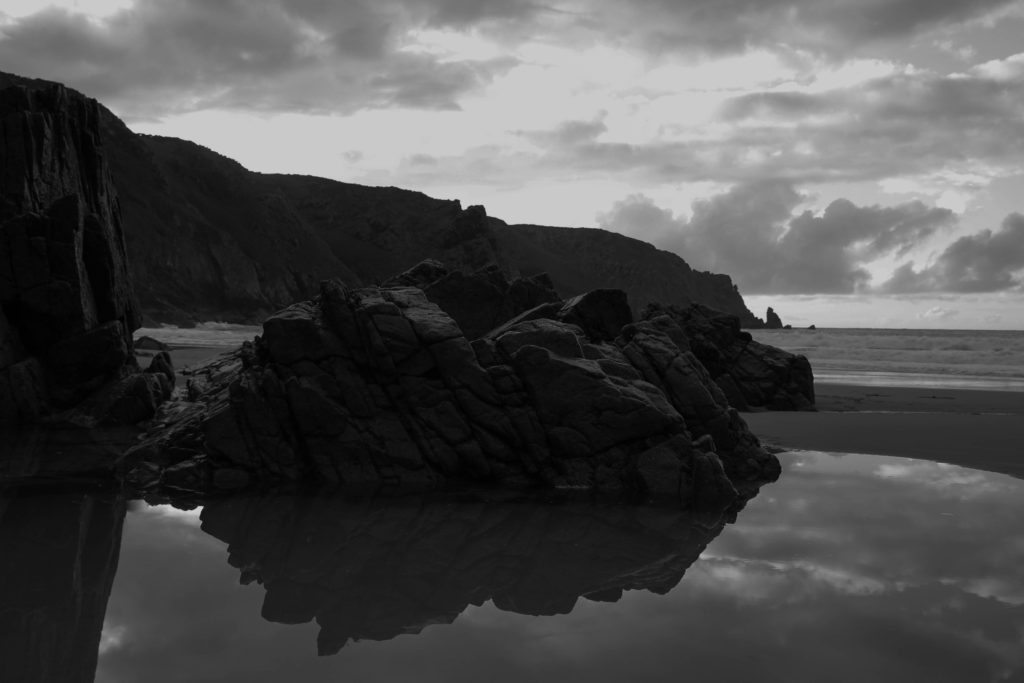


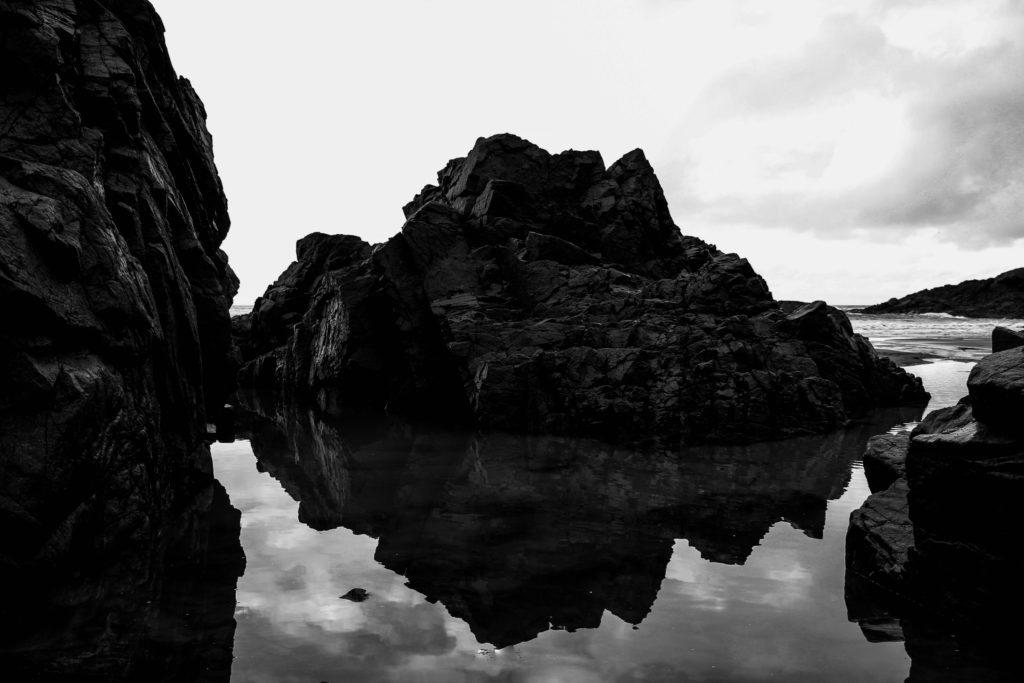


Good progress overall…evidence of hard work throughout
To be able to improve and highlight key areas of exceptional ability you must refer to the marking criteria and 10 Step Process too…here is the link https://hautlieucreative.co.uk/photo24al/2022/09/30/assessment-criteria-2/